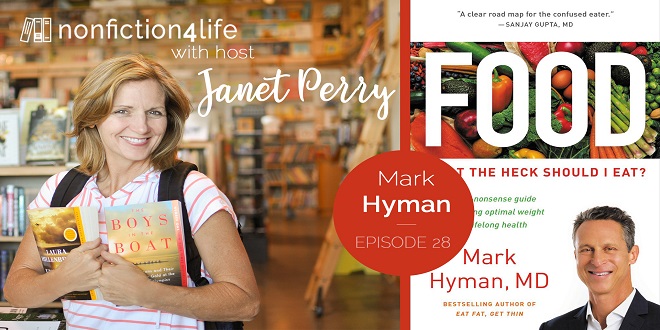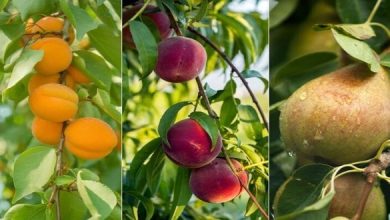The 150 Healthiest Foods on Earth: The Surprising, Unbiased Truth About What You Should Eat and Why

Introduction
I think, in America, we’ve made a huge mistake by trying to define the perfect diet in terms of protein, carbs, and fats. Endless diet and weight loss books are written trying to come up with the perfect formula—this many carbs, this much fat, this percentage of protein—when in fact the actual quality of the food we eat is probably way more important for our health than the proportions of fat, carbs, and protein. This brings us to this book.
Given the mandate to choose the 150 healthiest foods on the planet, I had to make a lot of decisions. Some were easy, slam-dunks, no brainers. (Think vegetables. There are no bad ones. Unless you count “French fries.”) Some, because of the language issue discussed above, required very careful exposition. Milk, for example, is great food in its raw, organic state; but in my opinion, in its typical homogenized, pasteurized form, it’s a nightmare.
So when you read the entries, I’d like you to pay particular attention to those qualifications. You’ll probably be very surprised at some of the foods that made the cut, and even more surprised at some of the ones that didn’t. (See, for example, the entry on soy foods. That is, if you can find it. It’s pretty short.) At one point, it was suggested that I “rate” the foods in each category.
Read More: thenewspointof.net
I didn’t do it. Why? Because foods are like friends: They provide different things. You can have a friend who’s absolutely great for going to basketball games with but with whom you wouldn’t think of sharing your innermost feelings about your marriage. Some foods provide great fats like omega-3s, but no calcium. Others provide a cornucopia of vitamins and minerals, but no protein.
No food provides everything. “Rating” them would involve making a decision about which essential vitamins, minerals, and macronutrients are more important, and that’s impossible. You need them all. However, I did put stars on the foods I thought were exceptional in terms of nutritional value. That said, there are some key factors to be aware of when reading this book.
Four, to be exact. Having a passing acquaintance with them will enrich your understanding of the things that make foods healthy. And I’d like to go over them here so that when I reference them in the sections on food, you know what I’m talking about. The first is the omega-3 fats, the presence of which almost always guarantees a food makes the list. The second is fiber. The third is antioxidants. And the fourth is the glycemic index. Let’s go over them one by one.
A Short Primer on Fat: The Omega-3s
Fats come in many different forms, and the different forms have varying effects on your health. Most people are aware that there are saturated fats—which they’ve been told to avoid—and have heard vaguely of monounsaturated fats (like those in olive oil) and polyunsaturated fats (like those in vegetable oils, nuts, and fish). Much as I’d love to, I don’t have the space here to go into a primer on fats, but I’d like to give you a few bullet points before going into a little more detail about one specific class of polyunsaturated fats called the omega-3s. Here is the take-home point
Fiber
Fiber—particularly soluble fiber—can also lower blood cholesterol levels and slow the absorption of sugar, which is hugely important both for people with diabetes and for people with any blood sugar challenges (metabolic syndrome). A high-fiber diet will probably reduce the risk of developing type 2 diabetes. Beans, raspberries, pure bran, oatmeal, prunes, avocado, raisins, and most green vegetables, for example, are high-fiber foods that cause less of a rise in blood sugar than foods like potatoes, or than almost any wheat-based food.
And eating a high-fiber diet may also help with weight loss. High-fiber foods generally require more chewing time, giving your body extra time to register the fact that you’re no longer hungry, so you’re less likely to overeat. A high-fiber diet also tends to fill you up longer. And high-fiber diets tend to have more volume for fewer calories, which has been shown in research by Dr. Barbara Rolls at Pennsylvania State University to be a boon to weight management. In my last book, I suggested that the number-one supplement for weight loss is fiber!
The Glycemic Index: Why Do We Care?
The glycemic index is a measure of how much a given food (like fruit) raises your blood sugar. High-sugar foods—or foods that convert quickly to sugar in the body—are considered “high glycemic.” Why do we care? Because raising blood sugar raises levels of a hormone called insulin, which, if raised high enough and long enough and frequently enough, contributes to diabetes, heart disease, and aging. Eating “low glycemic all” is a strategy that is virtually guaranteed to contribute to health.
When I wax eloquent about a food’s low glycemic impact, that’s why. Unfortunately, the glycemic index is a very misleading measure because it doesn’t take into account portion size. The glycemic load is the number that’s more important. For now, the take-home point is this: Eat less sugar. And eat fewer foods that convert quickly to sugar in the body (read: almost all processed carbohydrates). If you’re interested in learning more about this—something I recommend highly that you do—there are many clear, well-written articles on the subject.





